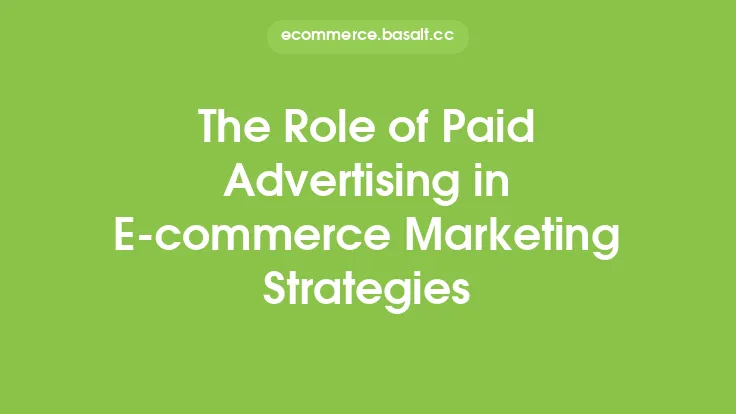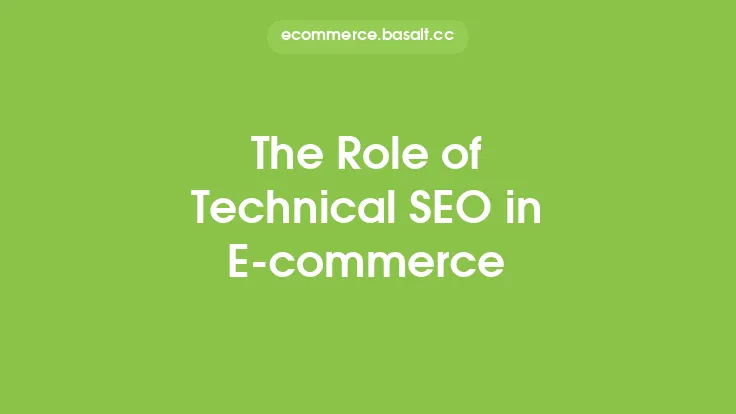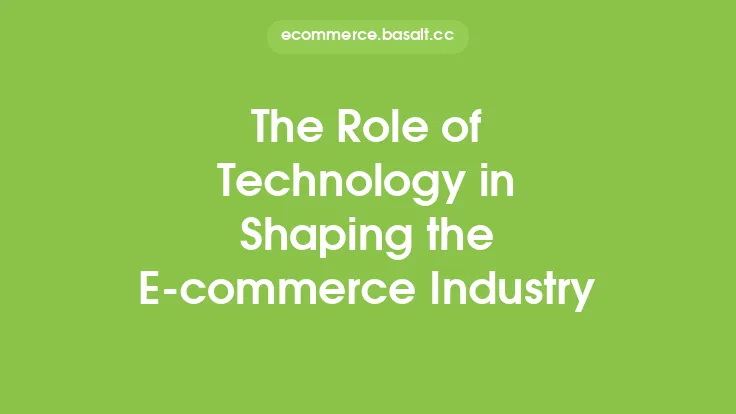Blogging has become an essential component of e-commerce content marketing, offering a platform for businesses to connect with their target audience, build brand awareness, and drive sales. At its core, blogging in e-commerce involves creating and publishing informative, engaging, and high-quality content on a company's website or blog, with the primary goal of attracting and retaining customers. This content can take many forms, including product reviews, tutorials, industry news, and thought leadership pieces, all designed to provide value to the reader while subtly promoting the brand and its offerings.
Benefits of Blogging in E-commerce
The benefits of blogging in e-commerce are multifaceted and significant. Firstly, blogging helps to establish a brand as an authority in its industry, showcasing expertise and building trust with potential customers. High-quality, relevant content can position a company as a thought leader, making it more likely that consumers will turn to it when they are ready to make a purchase. Additionally, blogging is a key component of search engine optimization (SEO) strategies, as regularly updated content can improve a website's visibility in search engine results pages (SERPs), driving organic traffic and reducing the need for paid advertising.
Types of E-commerce Blog Posts
There are several types of blog posts that can be effective in e-commerce content marketing, each serving a different purpose and catering to different stages of the buyer's journey. Product-focused posts, such as reviews and comparisons, can help inform purchasing decisions, while educational content, like tutorials and guides, can attract potential customers who are in the research phase. News and trend pieces keep the audience informed about what's happening in the industry, potentially attracting return visits and subscriptions. Furthermore, behind-the-scenes stories and company news can humanize the brand, fostering a sense of connection with the audience.
Creating Effective E-commerce Blog Content
Creating effective e-commerce blog content requires a strategic approach, starting with understanding the target audience and their needs. Conducting thorough market research and analyzing customer feedback can provide insights into the types of content that will resonate most. The content itself should be well-written, engaging, and optimized for SEO, with relevant keywords, meta descriptions, and high-quality images. Consistency is also key; regular posting maintains audience engagement and keeps the brand top of mind. Moreover, incorporating calls-to-action (CTAs) within blog posts can guide readers through the sales funnel, from awareness to conversion.
Measuring the Success of E-commerce Blogging
Measuring the success of e-commerce blogging involves tracking a variety of metrics, from website traffic and engagement (such as comments and shares) to lead generation and conversion rates. Tools like Google Analytics provide valuable insights into how blog content is performing, helping marketers to refine their strategies and focus on the most effective types of content. Additionally, metrics such as bounce rate, average session duration, and pages per session can indicate how well the content is resonating with the audience. By regularly analyzing these metrics, businesses can adjust their blogging strategy to better meet their e-commerce goals.
Integrating Blogging with Other E-commerce Marketing Strategies
Blogging is most effective when integrated with other e-commerce marketing strategies, creating a cohesive and multi-channel approach to content marketing. For instance, social media platforms can be used to promote blog posts, extending their reach and driving traffic back to the website. Email marketing campaigns can also feature blog content, providing subscribers with value and encouraging them to visit the site. Moreover, user-generated content, customer testimonials, and influencer partnerships can be showcased in blog posts, adding social proof and credibility. By combining blogging with these strategies, e-commerce businesses can create a powerful content marketing ecosystem that supports all stages of the customer journey.
Future of Blogging in E-commerce
The future of blogging in e-commerce is likely to be shaped by evolving consumer behaviors, technological advancements, and shifts in how content is consumed. The rise of voice search, for example, may lead to a greater emphasis on long-tail keywords and conversational content. Similarly, the increasing importance of mobile-first design will require blog content to be optimized for smaller screens and faster load times. As e-commerce continues to grow and become more competitive, the role of blogging in content marketing will become even more critical, serving as a foundational element in building brand identity, establishing customer relationships, and driving long-term business success. By staying adaptable and focused on providing high-quality, relevant content, e-commerce businesses can leverage blogging as a powerful tool in their marketing arsenal.





